A Guide to Fossil Conventions

Centerpieces at large conventions often feature museum quality skeletons and displays like this one.
Conventions are a big deal for all types of people interested in paleontology or the broader science of geology. Although conventions can vary from vast fossil shows and sales in spacious convention halls to small scale meetings for local paleontological societies in the back rooms of museums, their primary function will always be to allow fans of paleontology to meet and hang out. For most hobbyists and collectors and some scientists, paleontology is a personal interest, given that there really aren’t all that many paleontology fanatics in the grand scheme. That being said, it does not feel this way in a busy convention, and for those who do not personally know any other paleontology hobbyists, this recognition of a shared passion is a gratifying feeling.
In addition to being a social function, paleontology conventions come in a wide variety of forms to appeal to the interests of hobbyists, collectors, and paleontologists alike. For paleontologists, there are highly exclusive and extremely serious review sessions, where new discoveries and theories are presented and examined from every angle by other colleagues and professional peers. Besides this inner circle, there are a vast number of public meetings all across the country. All of these conventions are very welcoming, even those for societies with memberships, and each provides great and varied options for guests. In the New Jersey area there are three conventions that run annually or monthly that really stand out.
The Morris Museum Geology Show is a low key show and sale held annually on Thanksgiving weekend. During this time, its kiosks overtake the main hall and several side halls with vendors selling fossils, gems, and jewelry and statues cut from them. There is also a booth and a luncheon held by the New Jersey Geological Society. The really valuable opportunities that this convention has are its extremely low prices and the accessibility of ordinary people who work in geology and paleontology. Unlike large distributors at big conventions and online, most of the vendors at Morris Museum are small scale businesses with under ten employees. This does not affect the quality of their products, but actually causes their prices to be lower as their costs are lower, and the prices are lowered further because they are not in competition with larger dealers who buy their fossils in bulk. Fossil fish and individual bones are often half the price of similar specimens at larger conventions, and fossil sharks teeth and shells are sold for just a few dollars. In addition many of these local vendors and field collectors are not the famous discoverers of gigantic dinosaurs, but instead just local vendors and field collectors. This unique viewpoint on geological science as their way of life makes them very interesting to talk to.
On the larger scale side of the fossil show variety there is the NY/NJ Mineral, Fossil, Gem, and Jewelry show. This annual convention epitomizes the large and bustling affair that Morris Museum’s show is not. It fills the NJ Expo Center in Edison and features a lavish central display of fully reconstructed dinosaur skeletons and life size sculptures, as well a bevy of high end fossil vendors. Here the prices are universally high, but the products are universally high quality and in some cases truly stunning. Highlights include a Woolly Rhinoceros Skull going for $3,500, delicately preserved sharks with the remains of their last meal still in the stomach for $5,000 each, and an entire Giant Ground Sloth skeleton for $180,000! Of course, not all the objects are so rare and priceless, and the major advantage of this convention is its wide selection. More realistic options include dinner plate sized trilobites and crabs neatly carved and mounted for $50 each, dinosaur teeth for $100, and a crocodile skull for $275. The selection of fossils makes this a very important convention for collectors, but as a social gathering it is ultimately eclipsed by the other conventions, especially the New York Paleontological Society’s monthly meetings.
The New York Paleontological Society meets in a “secret” room within the New York Museum of Natural History (also known as the American Museum of Natural History). Their meetings are low key and frequented by both currently working paleontologists and retired paleontologists. In addition, the staff ensures there is plenty for the children of these paleontologists to do, which has contributed to the laid back atmosphere of their meetings. This effect does not decrease the depth of the paleontological discussion, and each meeting has a presentation from a paleontologist guest speaker, who discusses topics such as the extinctions at the end of the ice age, the effects of continental drift on the global climate, and new discoveries during their summer field work. The questions and discussions prompted by these speakers are always very involved, but with a casual and friendly tone.
With opportunities for scientific discussion, fossil collecting, and generally socializing, paleontology conventions are a large part of what make it compelling as a hobby and a community in addition to as a science. But paleontology is far from alone in having conventions like these, many sciences and many hobbies do. The quality and diversity of paleontology conventions speaks volumes for the importance of similar gatherings in all fields, and the value of attending them.
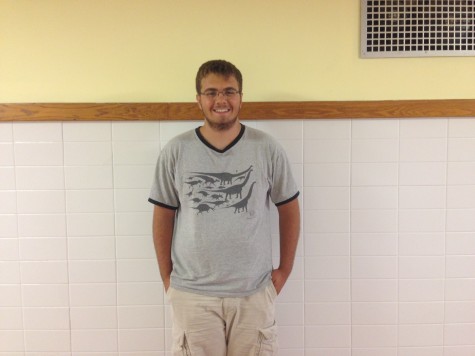
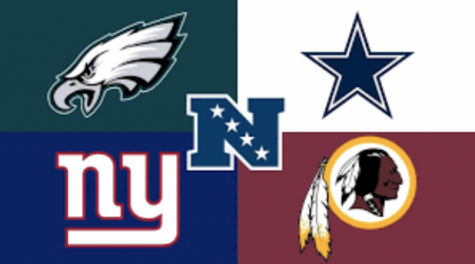


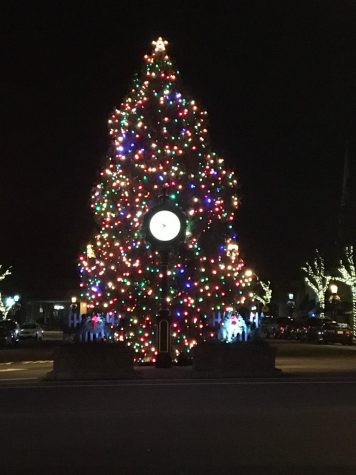


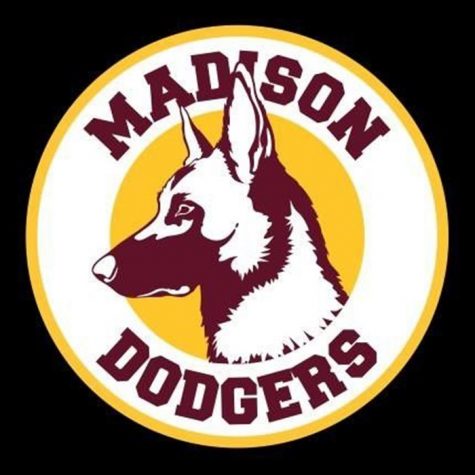
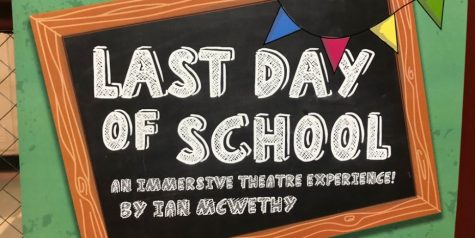

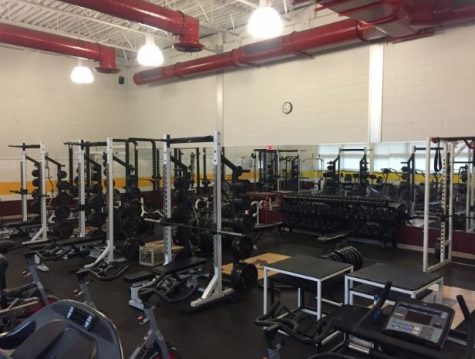
Whitney Xu • Dec 22, 2015 at 5:41 pm
I hope you take me to a fossil convention one day, Pete